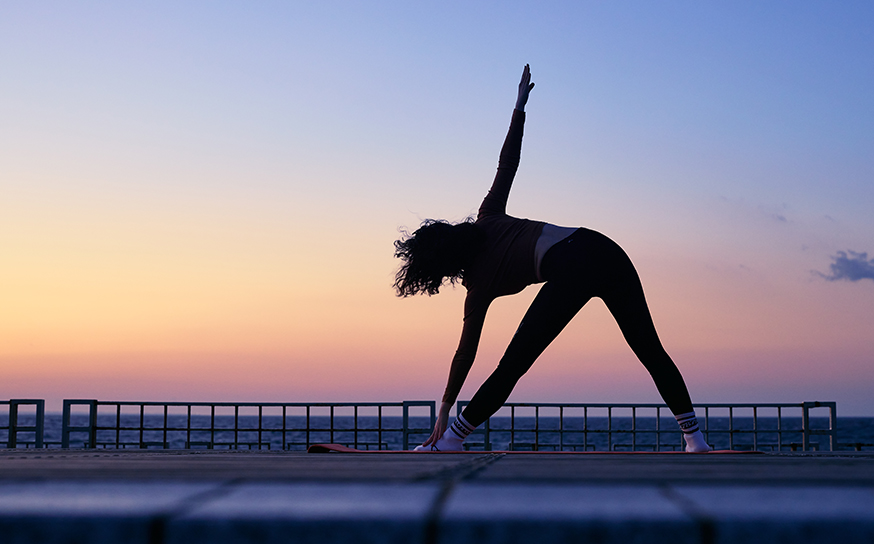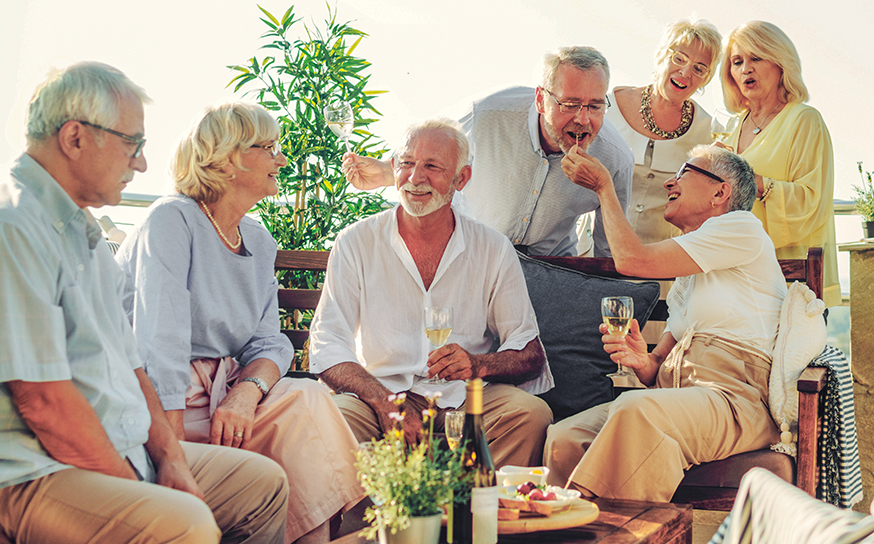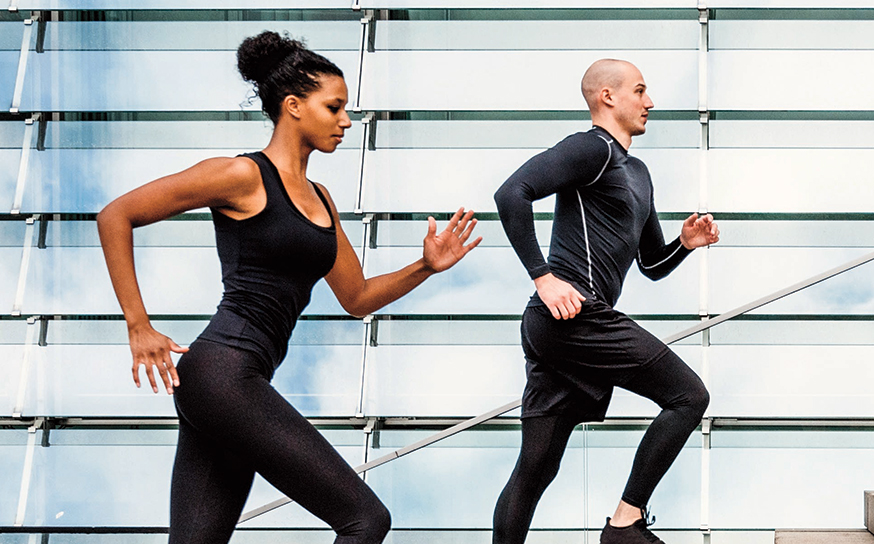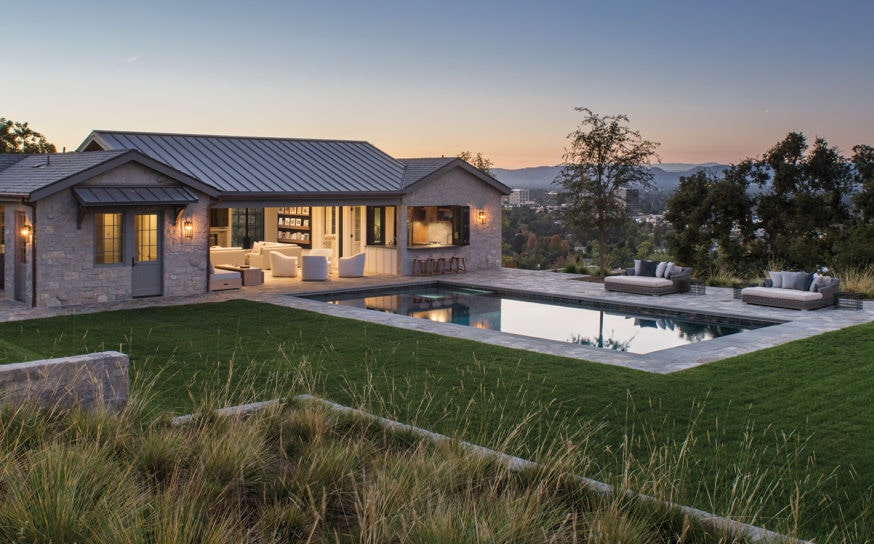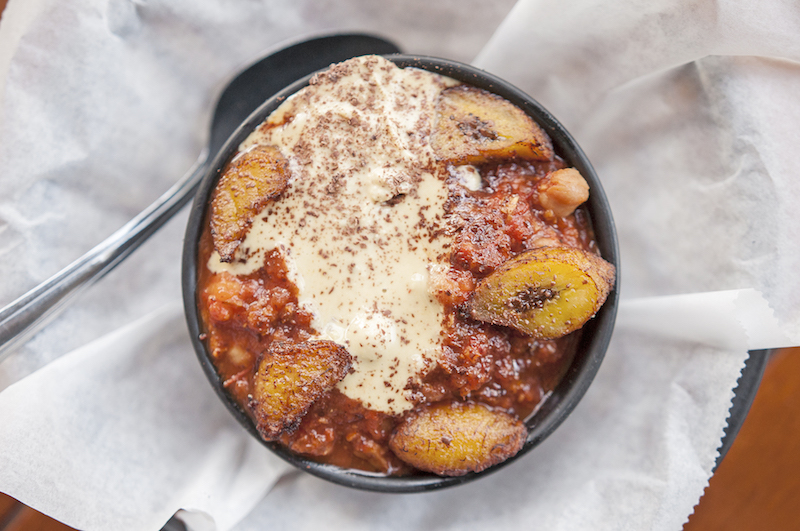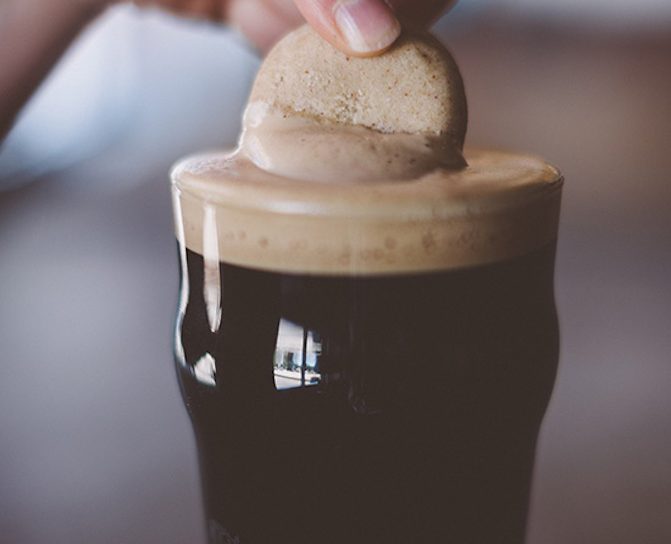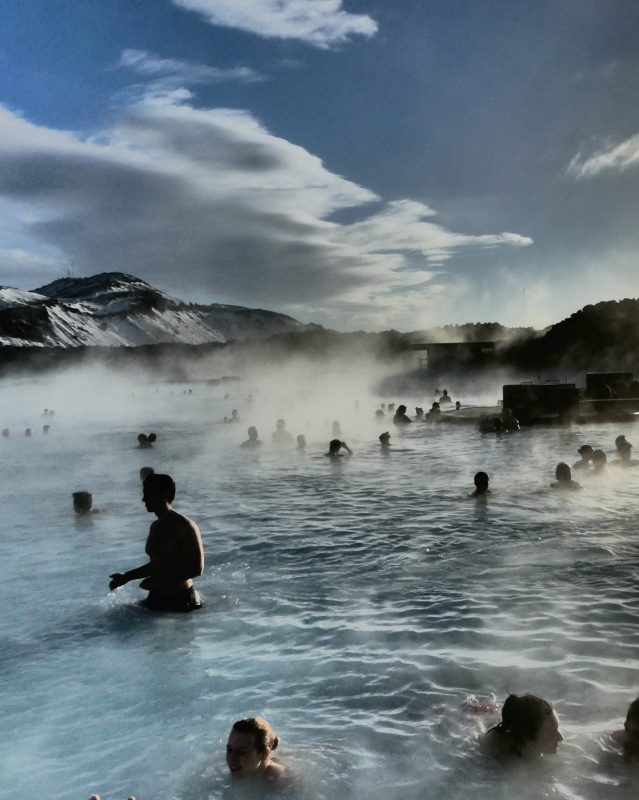
On The Rocks
Christened by National Geographic as one of the “Wonders of the World: Earth’s most awesome places,” Iceland’s Blue Lagoon Geothermal Spa is an experience to dive into and savor.
-
CategoryHealth
Noted for its striking arctic scenery and healing geothermal seawater, the Blue Lagoon is among Iceland’s most popular attractions.
I decided to make a two–night stop there before embarking on a photographic workshop on the frozen Icelandic landscape. I was seduced by the stunning photographs of icy-blue glaciers and black volcanic rock and the promise of rejuvenating spa treatments.
The milky aqua-blue bathing water that characterizes this unique hot spring mecca is the result of the mineral content in the geothermal seawater surging from 6,500 feet beneath the earth’s surface. As it travels up through porous lava, this seawater blends with fresh groundwater, picking up bioactive components along the way. The unique resulting cocktail, rich in silica, algae and other minerals, has helped earn the Blue Lagoon its special place among spas and primary place as a popular medical treatment center for psoriasis and other skin diseases.
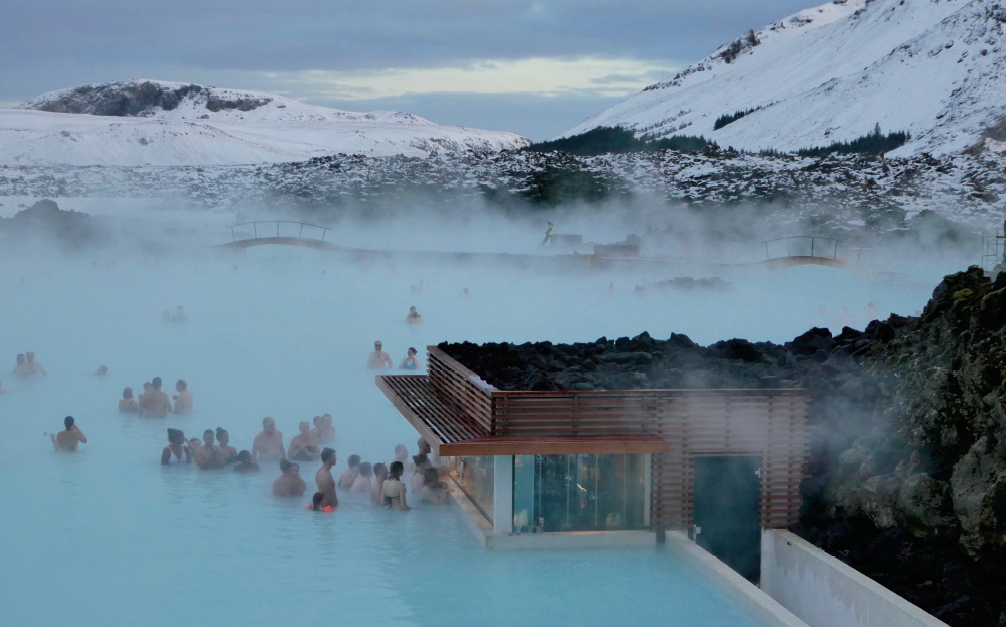
A HAPPY ACCIDENT
The genesis of the Blue Lagoon and the booming industry rooted in its well-documented health benefits is a story of pure circumstance.
In 1976 a geothermal power station, Svartsengi, was built to harness the naturally occurring geothermal activity produced by this volcanically active island and transform it into a renewable energy source that lights and heats thousands of Icelandic homes. When the plant was built, the salty warm wastewater was directed into an adjacent lava field with the expectation that it would seep back into the earth. Surprisingly the usually porous lava rocks filled up with silica and instead, formed a lagoon.
Adventurous workers from the plant “took to the waters.” One of the workers with psoriasis noticed a dramatic healing effect from the water … and the rest is history.
In the ensuing years, people began to bathe in the lagoon and apply the silica mud to their skin. Not only was it a psoriasis remedy, it also proved to be helpful for maintaining the appearance of healthy young skin.
Algae from the Blue Lagoon has been shown to stimulate collagen, which gives our skin strength, structure and elasticity. Silica, though, is the most characteristic element of the Lagoon’s geothermal seawater. The fine, clay-like mud enhances functioning of the “skin barrier,” and that barrier is what keeps the bad stuff out and protects us against the loss of body water. Silica is also great for exfoliation.
THE TREATMENTS
For an entry fee of about $45 one can spend all day lounging in the lagoon’s 2.4 million gallons of water, take a break in the sauna or steam room, or swim up to the Lagoon Bar for wine, beer or a smoothie. Servers at another bar, the Silica Mud Swim-up Bar, scoop the fine white substance into the hands of patrons who smooth it onto their faces and skin. The eerie vision of ghostly bathers materializing from the misty steam, sporting these white-silica mud masks, is amusing—to say the least!
However, to truly optimize your Blue Lagoon experience, an in-water massage is the way to go. All of the water treatments here are done outdoors in a private, designated treatment area.
The Blue Lagoon’s signature treatment—and its most popular—is a two-hour submersion marathon starting with a silica-salt body scrub. Next the massage therapist covers your body (yes, you are in a bathing suit) with either algae or silica, and you float for 20 minutes in the comfortable 100º water wrapped up to your neck in plastic. The final touch is a one-hour massage.
For my first day at the lagoon, I booked a 60-minute “Relaxing Massage.” OK … how does “relaxing” work given it was 32º outside plus wind? This would have to be “pretty, pretty good” to justify the insane act of exposing any skin in the frigid arctic air, even for a massage.
Oskar, my new best friend, had me lie on my back on a floating yoga-like rubber mat and covered me with a hot, wet blanket. Only my face was exposed to the cold air. As he massaged each limb, he occasionally dunked me and my mat to circulate the hot water. For this I was very grateful.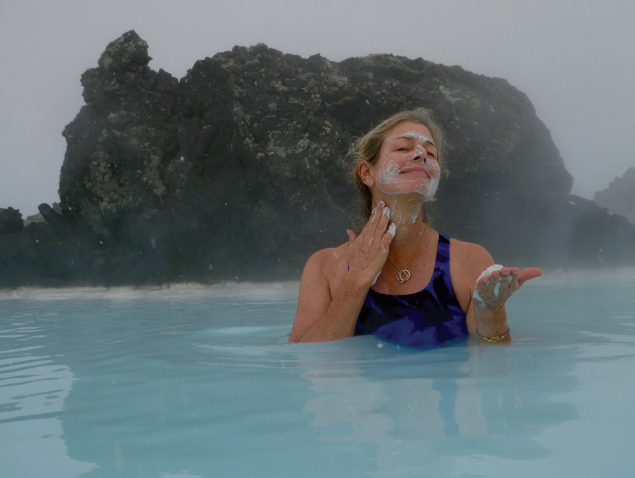
The cold air on my face contrasted with the warm, relaxing soak, and Oskar’s strong hands made this massage like no other I have ever had. Did I mention it started to snow?
The next day I tried the “Authentic Silica Salt Glow.” This time my therapist, a former world-class soccer champion, exfoliated my skin with a combination of the Blue Lagoon’s minerals, silica and oil. The weather was a balmy 34º—no wind! The hot, wet blankets did their job perfectly; so did the silica, which left my skin fabulously soft and smooth.
BEYOND THE BLUE LAGOON
I dined at the LAVA Restaurant, which sits against a stunning lava cliff and overlooks the lagoon. The cuisine here features fresh fish from the local village. The head chef won the 2013 Icelandic Chef of the Year and is a member of the Icelandic National Culinary Team.
I liked the langoustine soup with garlic-marinated langoustine, white chocolate and seaweed so much that I had it twice! And I accompanied it with a glass of chardonnay from their extensive wine list. Divine.
Another highlight: the “Into the Blue” specialty cocktail, which includes Bacardi Razz, Blue Curacao, blueberries, lime and 7UP.
At the moment, the only accommodation for The Blue Lagoon is the contemporary, 35-room Blue Lagoon Clinic Hotel. Originally developed as a treatment center for psoriasis patients, it is now also available for non-treatment guests.
Sound antiseptic? Far from it. I loved the tranquility. The hotel’s own private bathing lagoon of geothermal seawater provides a serenity and antidote to the crowds at the Blue Lagoon. The surrounding lava fields make the 10-minute walk to the spa for treatments a real joy. The full array of treatments, however, is only available at the main Blue Lagoon.
A five-star, 60-room hotel is due to be completed at the site of the Blue Lagoon in 2017.
PRICE OF SUCCESS
Two to three thousand guests come to the Blue Lagoon every day. And in 2015, 918,000 people visited—a 20% increase from the previous year.
The Blue Lagoon appears to be a beneficiary of Iceland’s dynamic growth in tourism. That means you might well confront annoying entry lines and share the lagoon with selfie stick-toting 30-somethings. That is a fact of life at the Blue Lagoon these days. So given the crowds, booking early (months ahead) is a must—especially for summer, the height of tourist season.
With such a turnover of bathers, I wanted to know how the Blue Lagoon ensures the cleanliness of its water. The lagoon, with 2.4 million gallons of water, is self-cleaning and renews itself every 40 hours. The ecosystem is self-maintained and is an environment where foreign bacteria can’t live.
There are countless spas worldwide that offer great mud wraps, sea-salt body scrubs and healing massages. And there are other less crowded, less expensive and more rustic hot springs in Iceland.
The Blue Lagoon differentiates itself by delivering the whole package. It’s a well-run machine, offering great treatments with its own unique brand of geothermal extracts that deliver results. It’s a novel experience in an otherworldly setting. Perfect? No. Incomparable. ν
The Building Boom in the Valley for Senior Living Communities Has Escalated
Upscale livin’ for active retirees.





